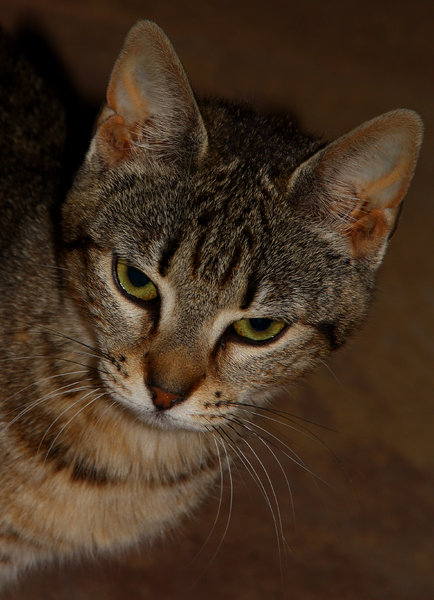The Economics of Cat Litter: Cost-efficient Solutions
The Economics of Cat Litter: Cost-efficient Solutions
Blog Article

Cat litter and litter boxes play a critical function in the lives of both cats and their owners. From the simple starts of sand and soil to the ingenious advancements of today, the world of cat litter has developed considerably. In this detailed guide, we look into every element of cat litter and litter boxes, exploring their history, types, advantages, obstacles, and everything in between.
The history of cat litter go back centuries, with ancient civilizations using sand, soil, and even ashes as primitive litter products. Nevertheless, it wasn't till the mid-20th century that modern cat litter as we understand it emerged. In 1947, Edward copyright introduced the world's very first commercial cat litter made from absorbent clay, revolutionizing the way cats relieved themselves indoors. Since then, cat litter has undergone numerous transformations, with the intro of clumping litter, silica gel litter, eco-friendly alternatives, and more.
Today, feline owners are spoiled for choice when it comes to picking the ideal litter for their feline buddies. Conventional clay litter remains popular for its affordability and effectiveness in absorbing smells. Clumping litter, which forms strong clumps when wet, simplifies cleaning and maintenance. Silica gel litter, made up of extremely absorbent silica crystals, provides superior odor control and durability. Eco-friendly choices, such as recycled paper, wood pellets, corn, and wheat, appeal to environmentally mindful customers.
Each type of cat litter offers special benefits. Clay litter masters its ability to soak up wetness and control odors, making it a dependable option for numerous cat owners. Clumping litter streamlines everyday scooping and extends the time between total litter modifications. Silica gel litter provides exceptional smell control Grass Seed Cat Litter and can last longer between replacements. Biodegradable litters use a sustainable alternative that minimizes ecological impact.
While cat litter enhances indoor feline health, it is not without its challenges. Dust from clay litter can pose breathing dangers for both felines and people, prompting the appeal of dust-free alternatives. Some felines may establish litter box aversion due to issues with texture, fragrance, or cleanliness, demanding experimentation with different litters and box setups. Multi-cat homes might require tactical litter box placement and regular maintenance to avoid territorial conflicts and make sure all cats have access to tidy centers.
Choosing the appropriate litter box is vital for promoting positive litter box practices and overall feline well-being. cat litter alternatives Aspects to consider consist of size, accessibility, and style preferences. Covered litter boxes offer privacy and assistance consist of odors, however some cats may discover them confining or daunting. Open-top litter boxes offer easy gain access to and visibility however might result in more cat litter box furniture litter scatter. Automatic self-cleaning litter boxes enhance maintenance but need regular monitoring and maintenance.
Proper litter box maintenance is vital for ensuring a tidy and welcoming environment for both cats and their owners. Daily scooping eliminates waste quickly, decreasing odor and preventing litter box aversion. Regular litter replacement, normally every 1-2 weeks, prevents bacterial buildup and preserves optimal absorbency. Comprehensive cleansing with moderate detergent and water, avoiding extreme chemicals that may prevent felines from utilizing the box, ought to be carried out monthly.
Cat litter and litter boxes play a main function in fostering a healthy and harmonious relationship in between felines and their human buddies. With a varied array of litter choices and litter box styles readily available, feline owners have the versatility to tailor their choices to suit their cats' choices and family requirements. By comprehending the evolution, types, benefits, and challenges of cat litter and litter boxes, animal owners can offer their feline pals with a comfy and sanitary indoor environment.